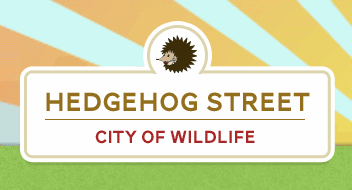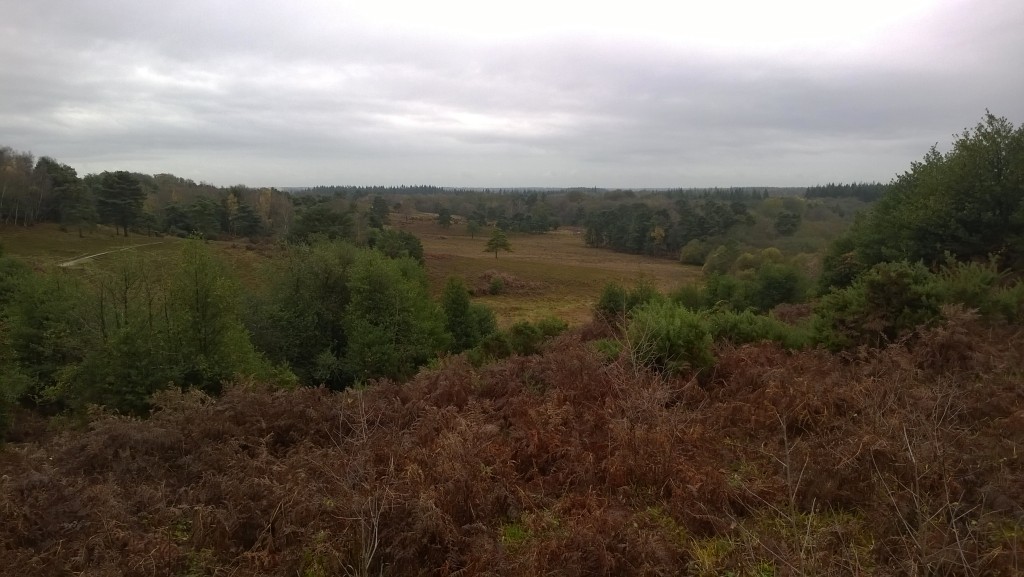A few weeks before Christmas I attended a Hedgehog Ecology and Conservation course, run by the People’s Trust for Endangered Species (PTES) at their offices in Battersea, London. As well as being an educational day we ventured into Battersea Park for a practical session and got to know other hedgehog enthusiasts in the process.
Hedgehog populations have declined alarmingly over the last few decades and the PTES are working with the British Hedgehog Preservation Society to promote awareness of their plight and to encourage people to step up and help conserve them. Whether it is joining their ‘Hedgehog Street’ project and allowing hedgehogs access to your garden, sending in records of sightings or helping with research, there are a number of ways you can get involved.
What I found particularly fascinating was that while hedgehogs aren’t very territorial, they can travel up to 2km in a single night and radio tracking studies in urban areas have shown that their home ranges can cover up to 20 hectares, meaning that connecting our gardens to one another is more important than we may think!


